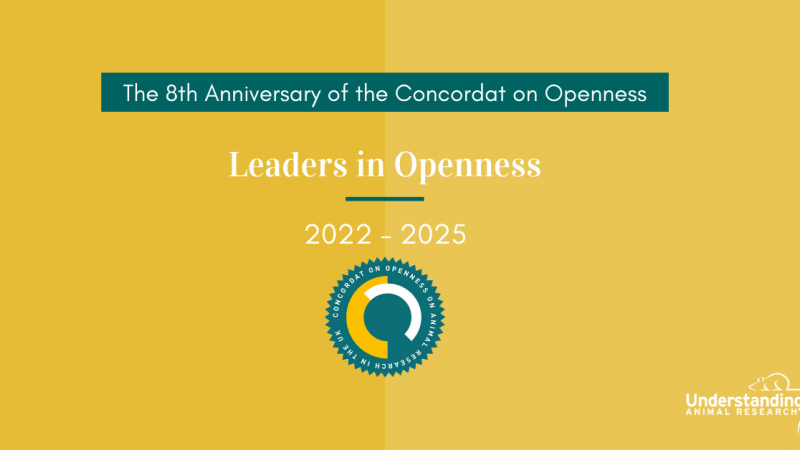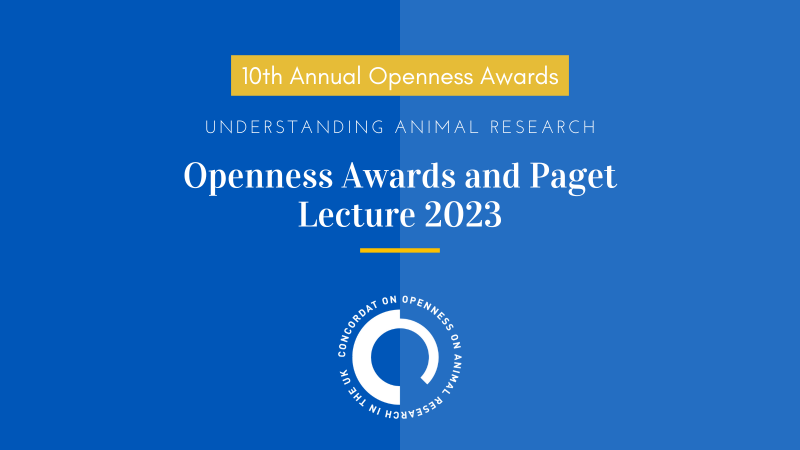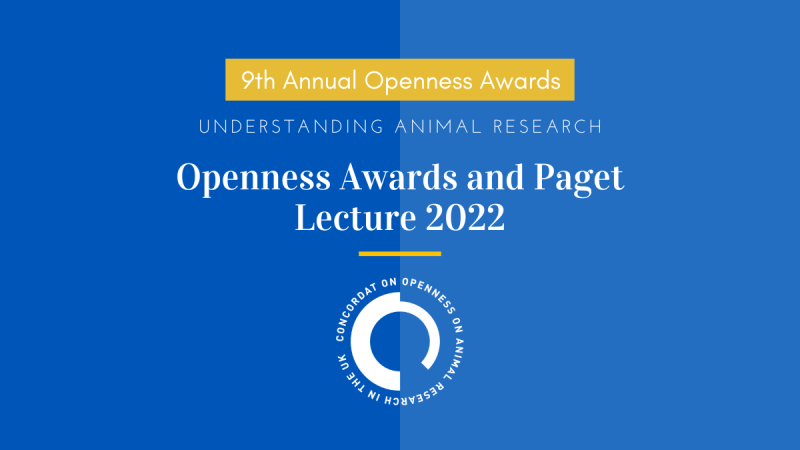Oxford University has given the BBC’s Fergus Walsh access to film some of the animals used in scientific research at the University. UAR has also been working with Fergus to provide data and background information for his reports which run across BBC TV, radio and online. Fergus mentions the forthcoming Concordat on Openness on Animal Research and the extensive media coverage that this fascinating scientific story has generated is an excellent example of openness which we hope will help to give the public more information about how animals are used in research.
The Oxford University researchers have identified an area of the human brain that appears unlike anything in the brains of some of our closest relatives.
The brain area pinpointed is known to be intimately involved in some of the most advanced planning and decision-making processes that we think of as being especially human.
‘We tend to think that being able to plan into the future, be flexible in our approach and learn from others are things that are particularly impressive about humans. We’ve identified an area of the brain that appears to be uniquely human and is likely to have something to do with these cognitive powers,’ says senior researcher Professor Matthew Rushworth of Oxford University’s Department of Experimental Psychology.
MRI imaging of 25 adult volunteers was used to identify key components in the ventrolateral frontal cortex area of the human brain, and to show how these components were connected up with other brain areas. The results were then compared to equivalent MRI data from 25 macaque monkeys.
This ventrolateral frontal cortex area of the brain is involved in many of the highest aspects of cognition and language, and is only present in humans and other primates. Some parts are implicated in psychiatric conditions like ADHD, drug addiction or compulsive behaviour disorders. Language is affected when other parts are damaged after stroke or neurodegenerative disease. A better understanding of the neural connections and networks involved should help the understanding of changes in the brain that go along with these conditions.
From the MRI data, the researchers were able to divide the human ventrolateral frontal cortex into 12 areas that were consistent across all the individuals. The researchers were then able to compare the 12 areas in the human brain region with the organisation of the monkey prefrontal cortex.
Overall, they were very similar with 11 of the 12 areas being found in both species and being connected up to other brain areas in very similar ways. However, one area of the human ventrolateral frontal cortex had no equivalent in the macaque – an area called the lateral frontal pole prefrontal cortex, an area that has been identified with strategic planning and decision making.
The Oxford research group also found that the auditory parts of the brain were very well connected with the human prefrontal cortex, but much less so in the macaque. The researchers suggest this may be critical for our ability to understand and generate speech.
The BBC coverage includes footage from inside Oxford's animal facility of mice, ferrets and macaques. Macaques are also shown doing a social behaviour task and the MRC coverage of the story links to their new films about macaques which were filmed by UAR.
Last edited: 20 September 2023 10:15



